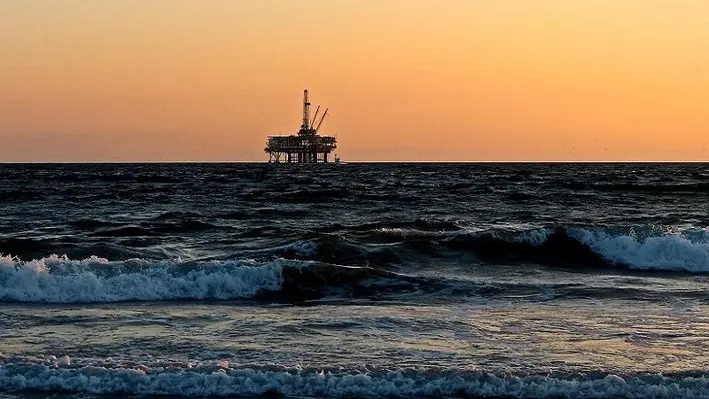

When the Decommissioning & Abandonment Asia pacific Workshop 2022 (D&A APAC) arrives in Kuala Lumpur, Malaysia, in October, Nora Farahzilla bt Abdullah, Wells WI and P&A DD Engineer at Shell Sarawak will contribute to the impressive agenda of discussions and presentations to enlighten the Asia Pacific oil and gas community on the regions decommissioning landscape.
The representative from Shell Sawawak will focus her presentation on the scope of the plug and abandonment performed on one of her company’s platforms, providing a valuable case comparison for the upcoming abandonment campaigns of other companies.
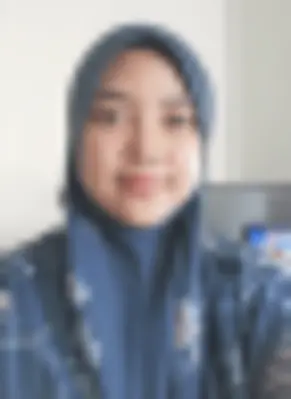
While Covid-19 restrictions continue to relent across the globe, many will remain for some time yet and the threat of variants means there is always a chance of more being reinstated. With this in mind, the Wells Engineer will reveal how the operation was managed during Covid-19 to allow for the maximum utilisation of available resources within pandemic restrictions.
Attendees will have unrivalled access to the lessons learned from the project and how this method will be improved and used for replica operations.
To find out more, click here: https://events.offsnet.com/DAAPAC2024#/
Or reach out to the details below:
Erin Smith
Global Accounts & Australasia Regional Manager
T: +64 (0) 289 900 118
E:


Schlumberger, Aker Solutions and Subsea 7 today have announced an agreement to form a joint venture which will help customers unlock reserves, reduce time to first oil and lower development costs while simultaneously delivering on their decarbonisation objectives.
The proposed joint venture will comprise the subsea businesses of Schlumberger and Aker Solutions, with Subsea 7 purchasing 10% of the joint venture for US$306.5mn. This combination brings together deep reservoir domain and engineering design expertise, an extensive field-proven subsea production and processing technology portfolio, world-class manufacturing scale and capabilities, and a comprehensive suite of life-of-field solutions to customers all over the world.
The transaction is subject to regulatory approvals as well as other customary closing conditions, and is expected to close during the second half of 2023.
The board of directors of the joint venture will consist of three representatives from Schlumberger, two from Aker Solutions and one from Subsea 7. As part of the transaction, the new joint venture will form part of Subsea Integration Alliance, currently an unincorporated alliance between Schlumberger and Subsea 7.
Olivier Le Peuch, Chief Executive Officer of Schlumberger, said, “This joint venture will bring together world-class businesses that are uniquely positioned to provide subsea technologies to help our customers improve recovery and reduce overall subsea development costs. Customers will benefit from enhanced services that leverage digital and technology innovation to drive improved performance while increasing energy efficiency and reducing CO2 emissions.”
Kjetel Digre, Chief Executive Officer of Aker Solution, commented, “By combining our strong and complimentary competence and technologies, this compelling combination will deliver an industry step change that will benefit our customers, employees and significantly increase shareholder value. The offshore market activity is increasing, and this joint venture will drive enhanced offerings both in terms of subsea production economics and low-carbon solutions.”
John Evans, Chief Executive Officer of Subsea 7, added, “We are excited to build on our highly successful alliance with Schlumberger and partnership with Aker Solutions. This new joint venture is a critical step as we collaborate on the integrated subsea projects that drive maximum value for our customers.”
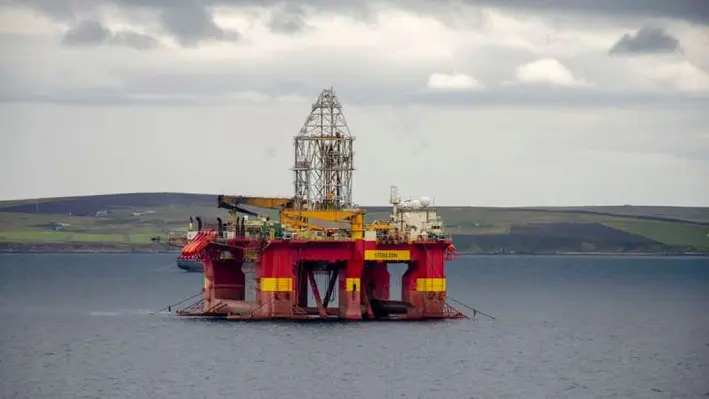
 Independent drilling contractors, Stena Drilling, has introduced a new well delivery and decommissioning service, Stena Wells, with the aim of combining the renowned drilling contractors with an experienced team of well delivery experts with promises of consistently providing their clients with safe, cost-effective and predictable outcomes.
Independent drilling contractors, Stena Drilling, has introduced a new well delivery and decommissioning service, Stena Wells, with the aim of combining the renowned drilling contractors with an experienced team of well delivery experts with promises of consistently providing their clients with safe, cost-effective and predictable outcomes.
The vision laid out by the company is to join forces with a pre-constructed team to deliver and execute all client expectations. Previously, operators will source external well construction and decommissioning activities, with the team having to familiarise themselves with the rig and the internal operations. By having a team already formed with the predetermined understanding of how operations are delivered, Stena Wells wants to remove that learning curve to enable a focused approach to operations.
In a video posted on their LinkedIn, director of Stena Wells, Dillan Perras, said, “Stena Wells comprises of two main elements; these are the building blocks of what we are trying to do. The first building block is Stena Drilling, a well renowned, international drilling contractor. The second part of the offering is the Stena Wells engineering team that brings a wealth of experience, knowledge, capabilities and competence. Stena Wells will provide the planning, the permitting, engineering, notification, construction or decommissioning of any well stock.”
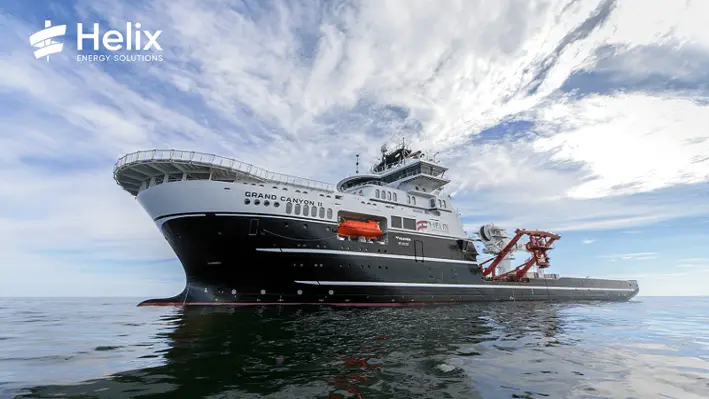

The Robotics division of Helix Energy Solutions Group, Helix Robotics Solutions, has been awarded a 180 day firm-plus-options contract by a local Thailand contractor to perform decommissioning services using the subsea construction vessel Grand Canyon II.
The contract scope of work, to be performed across multiple Thailand offshore fields, includes DP3 vessel services, crane support and ROV services in connection with subsea well abandonment and decommissioning operations. It is scheduled to begin in the late fourth quarter 2022.
Jeremiah Hebert, Helix’s Vice President – Americas/APAC Region, commented, “This decommissioning award offshore Thailand is another significant project for Helix as it represents the flexibility of our vessel and ROV assets to seamlessly transition from renewable services we are currently supporting to oil and gas operations, and expands our already strong track record in the Asia Pacific region.”
The Grand Canyon II is a DP3 multi-role construction support vessel equipped with a 250 MT AHC subsea crane, moonpool, two 3,000m rated 250hp UHD ROVs, integrated ROV deck space and removable bulwarks. With clear deck areas up to 1,650 sq m, it is well suited for subsea construction, inspection, repair & maintenance and offshore renewables activities.
The Grand Canyon II has been under long-term charter with Helix since 2015, and recently signed a five-year charter extension that runs from January 2023 through the end of 2027. Most recently, it was working offshore Taiwan on Renewable energy and wind farm construction work.


In October, Kuala Lumpur, Malaysia, will be host to the Asia Pacific offshore community, the upcoming Decommissioning & Abandonment Asia Pacific Workshop 2022 (D&A APAC), where the offshore community will gather to review the region’s decommissioning landscape and develop cost effective decommissioning strategies for future campaigns.
Among the wide range of presentations and panel discussions currently being prepared for the conference, Abdul Halim Ab Hamid, Decommissioning & Abandonment (D&A) Executive, Group Project Delivery, Project Delivery & Technology, at Petronas Carigali will explore one of the most tantalising prospects within the abandonment space – sustainable artificial reefing.
Rig to Reef, as it is often known, is a practice well established in jurisdictions such as the Gulf of Mexico but is often disregarded or simply underutilised in other regions around the globe.
The representative from Petronas Carigali at D&A APAC will discuss Rig to Reef as a sustainable repurpose concept and showcase it as a potential strategy for decommissioning planning.
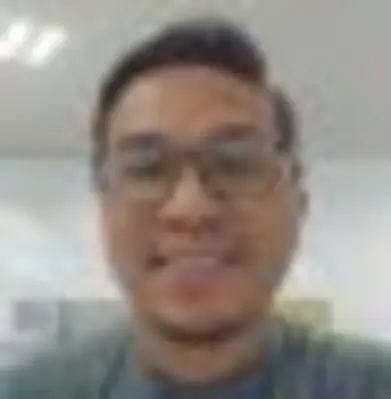
He will seek to explain the effectiveness and sustainability of Rig to Reef as a programme by establishing reefing guidelines via reef design and reefing engineering parameters, marine environmental considerations and pollution prevention plans.
Finally, he will help attendees to maximise the recovery value from materials to be refurbished and prevent value leakage from waste via material inventories classification for reefing.
To learn more about the workshop: https://events.offsnet.com/DAAPAC2024#/
Or reach out to the details below for more information:
Erin Smith
Global Accounts & Australasia Regional Manager
T: +64 (0) 289 900 118
E:
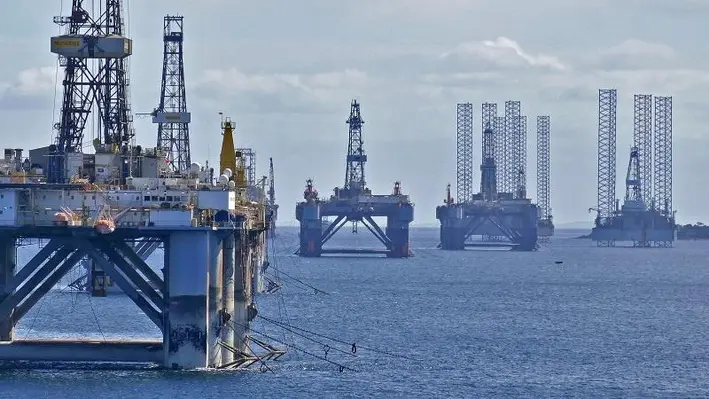

Spirit Energy Production (UK) ltd. has engaged ABL Group to provide marine warranty survey (MWS) and marine consultancy services for the operator’s decommissioning portfolio in the southern North Sea and the Irish Sea.
Spirit Energy has contracted ABL on a three-year contract (with three optional one-year extensions) to provide the marine warranty scope for the operator’s decommissioning campaigns.
ABL, which has provided a wide range of marine and engineering services for decommissioning operations in some of the world’s most complex offshore structures, will provide MWS services for decommissioning operations involving the removal of topside, and jackets for the following three offshore oil and gas platforms: Audrey A & B, and Ensign.
Ashley Perrett, Engineering Manager, ABL Aberdeen, commented, “ABL has considerable experience in supporting clients with the safe, efficient and optimised decommissioning of their oil and gas assets. Our long history in the sector, combined with our participation in a number of industry firsts within decommissioning, gives us unique insight into the range of challenges which can impact these complex marine operations.”
ABL’s MWS scope of work includes technical document and procedural review, on-site attendance and marine consultancy support for offshore operations during the campaign. Suitability surveying of the proposed fleet for the campaign is also part of the scope.
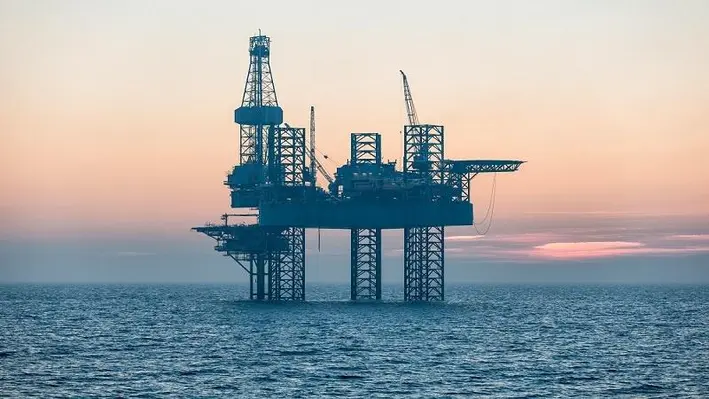
 Saipem S.p.A (Saipem) and Oil Response Limited (OSRL) have signed an extension of their existing Services Agreement to include the provision of FlatFish, Saipem’s underwater drone for environmental monitoring and inspection of asset integrity.
Saipem S.p.A (Saipem) and Oil Response Limited (OSRL) have signed an extension of their existing Services Agreement to include the provision of FlatFish, Saipem’s underwater drone for environmental monitoring and inspection of asset integrity.
The existing contract between Saipem and OSRL provides for the storage, maintenance, training of personnel and readiness including the remote emergency response of the Offset Installation Equipment (OIE). The OIE is a unique system designed to intervene in case of subsea well spills in shallow water (up to approximately 600 m water depth), when direct vertical access is not possible.
The expanded Services Agreement encompassed the deployment of FlatFish, the subsea drone developed by Sonsub, Saipem’s centre for underwater technologies and robotics, for a wide range of offshore tasks, including survey, leakage detection, through water column plume and dispersant concentration monitoring, environmental assessment and patrolling.
Furthermore, the Agreement allows Saipem to enlarge the fields of application of FlatFish, making a fundamental step towards its commercialisation on a global scale.
FlatFish is a part of Saipem’s Hydrone robotic development program, consisting of a series of subsea drones which are able to perform fully automatic inspection, surveillance, maintenance and rescue operations efficiently, safely and in an environmentally friendly manner. In particular, FlatFish is able to autonomously perform complex inspections of subsea assets, thanks to the robotic technologies it incorporates: from integrated artificial intelligence to advanced navigation.


At the OWI MED 2022 conferenee, Abdullah Moustafa Mohamed Saad, Senior Production Technologist, Cheiron/Bapetco, will explain how changes in conditions lead to low and zero coat production gains.
The conference will be held in Athens, Greece, on 20 September 2022. The hottest talking points within the Mediterranean and North Africa region, along with the latest well intervention intelligence from the region will be discussed at the event.
Abdullah will help the audience learn about closed in gas wells in heterogeneous reservoirs and explore how changes in stimulation cost unlocks more economic potential.
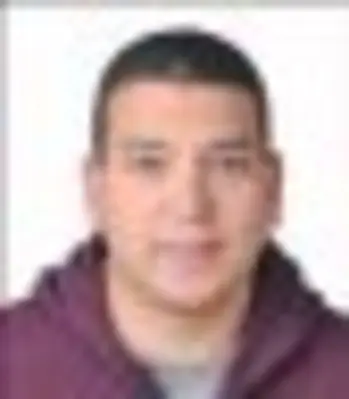
Through his presentation, he will make participants analyse artificial lift optimisation and cost changes and explain them the impact of reduced back pressures from years of production loss, that could help in intermittent operations.
Visitors at the event can explore well stimulation methods and effective production enhancement strategies to increase well stock value in mature wells.
Reach out to the details below:
Joseph Watson
Project Manager
T: +44 (0) 20 3409 5720
e:


OWI MED 2022 is back as a live event after last year’s inaugural virtual launch. The conference will be held in Athens, Greece, on 20 September 2022. The hottest talking points within the Mediterranean and North Africa region, along with the latest well intervention intelligence from the region will be discussed at the event.
Eman Sayed Shahin, Performance Lead and Senior Petroleum Engineer from Dragon Oil, will be presenting a case study on the success of advanced reservoir management via an integration between real-time monitoring system and classical reservoir model, in the Gulf of Suez.
She will review how the J-100 well was equipped with a real-time automation system, which helped detect problems in the well and reduce delays in receiving data from periodic visits to the well.
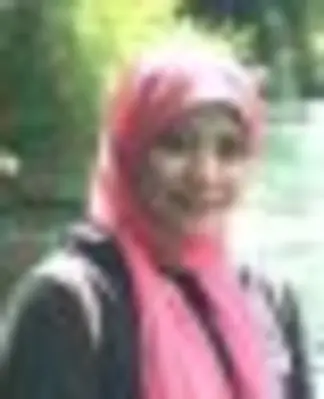
Eman will explore how this integrated work-flow highlights the integration between real time remote monitoring systems in offshore fields and how this can add considerable benefits to the business.
Reach out to the details below:
Joseph Watson
Project Manager
T: +44 (0) 20 3409 5720
e:
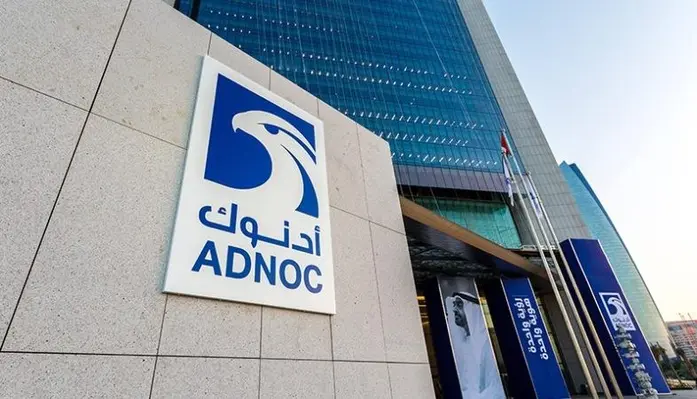
 Abu Dhabi National Oil Company (ADNOC) has announced a US$1.17bn contract for the hire of thirteen self-propelled jack up barges to drive offshore operational efficiencies and support the expansion of its crude oil production capacity to five million barrels per day (mmbpd) by 2030.
Abu Dhabi National Oil Company (ADNOC) has announced a US$1.17bn contract for the hire of thirteen self-propelled jack up barges to drive offshore operational efficiencies and support the expansion of its crude oil production capacity to five million barrels per day (mmbpd) by 2030.
The five year contract was awarded by ADNOC Offshore to ADNOC Logistics and Services (ADNOC L&S). Over 80% of the award value will flow back into the UAE’s economy under ADNOC’s In-Country Value (ICV) programme, supporting local economic growth and diversification.
The 13 self-propelled jack up barges are multi-purpose assets that enable rig-less operations and maintenance with single point responsibility proved by ADNOC L&S, enabling efficiencies. The barges, which will be deployed across ADNOC’s offshore fields, are equipped to support a wide scope of operations, including project work, maintenance and accommodation.
Ahmad Saqer Al Suwaidi, ADNOC Offshore CEO, said, “This significant award to ADNOC L&S will help deliver our production capacity expansion in the offshore and directly support ADNOC’s strategic growth objective of 5 million barrels of oil production capacity by 2030. ADNOC L&S have a proven track record in the industry and their best in class expertise, together with the ready availability of the self-propelled jack up barges, will help us drive efficiencies and flexibility while cementing ADNOC’s position as a leading low cost and low carbon energy producer. Critically, the award enables very high ICV, which can stimulate new business opportunities to support the growth and diversification of UAE’s economy.”
Speaking on the contract, Captain Abdulkareem Al Masabi, ADNOC L&S CEO, said, “We are extremely proud to continue the decade’s long relationship between ADNOC Offshore and ADNOC L&S. We are committed to continuing to seize growth opportunities and deliver more value to ADNOC and this announcement is another milestone in that journey.”
The self-propelled jack up barges will be hired along with manpower and equipment. The barges will be utilised for rig-less well intervention and pre- and post-drilling operations, as well as for topside maintenance and integrity restoration activities at our offshore assets.
All requirements of the services have been unified in line with ADNOC’s approach of centralising procurement and operational logistics management. This provides ADNOC Offshore and its strategic partners with operational flexibility while enabling cost efficiencies and single point responsibility by ADNOC L&S.
The award underpins the continued investment and development at ADNOC Offshore and ensures the responsible acceleration of growth and greater value for the UAE, ADNOC and its strategic partners.
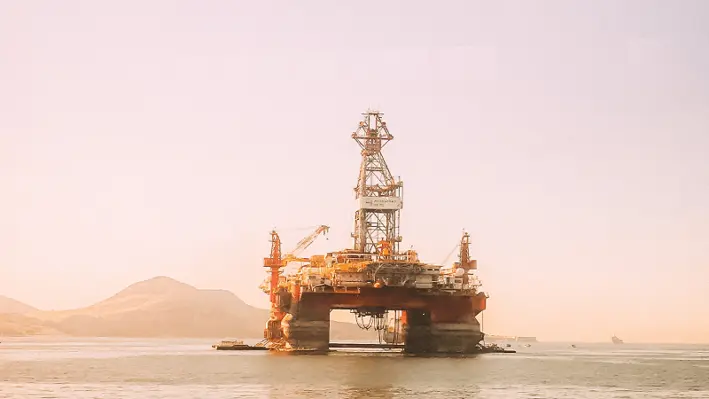

During the forthcoming Offshore Well Intervention Latin American 2022 (OWI LATAM) conference, held in Rio, Brazil, Joao Batista, Wells Technology R&D Manager at Repsol Sinopec Brasil, will hold a session discussing the new Economical Technologies in the region.
Attendees will discover the innovative new technologies within the decommissioning and intervention space that they are encouraged to implement within their own well work.
As well as this, the detailed sessions will dig into recognising the challenges of deepwater technology development in Brazil and work to build a plan to bridge the gaps between knowledge and technology.
Batista will then review the Brazilian O&G ecosystem compared to the ANP levy funds in order to best navigate the activity in the region.

OWI LATAM returns for its third year on 18-19 October and will feature presentations from a number of world-leading experts within the oil and gas community as well as the opportunity to come together and collaborate with renowned global well intervention companies.
To view the full programme click here:
https://www.offsnet.com/latam/conference-brochure
Or reach out to the details below:
Rachael Brand
Project Manager
T: +44 (0) 20 3409 3041
e:


Baker Hughes is set to acquire Quest Integrity, a subsidiary of Team, Inc. and a global leader in the development and delivery of technology-enabled asset inspection and reliability management solutions across the pipeline, refining, petrochemical and power generation sectors.
Baker Hughes’ asset integrity solutions include pipeline inspection services that detect, characterise, locate and size anomalies in the wall of a pipeline that might potentially compromise its integrity. Quest Integrity’s technology will expand this capability to support ‘difficult-to-inspect’ pipelines where the construction or operation of the line does not allow for conventional inline inspection methods to yield reliable results.
The acquisition includes Quest Integrity’s Invista and Furnace Tube Inspection (FTIS) technology. Invista enables new inspection capability that extends across pipelines, marine loading lines, petrochemical, chemical, refining, power, utility and other industrial segments and facilities, such as airports. FTIS technology applies the same principles to enable the inspection of heater coils, a critical component in furnaces, detecting issues with corrosion and deformation for customers in the petrochemical and refining industries.
Quest Integrity also brings significant engineering expertise, with a focus on conducting critical assessments to deliver actionable insights and verify asset integrity across a diverse range of industrial assets such as pipelines, pressure vessels, tanks, and turbine blades.
Rami Qasem, Executive Vice President of Digital Solutions at Baker Hughes, commented, “The acquisition of Quest Integrity marks another step in Baker Hughes’ commitment to help customers ensure their asset infrastructure is safe and reliable and demonstrates how we continue to invest for growth in this area. Today’s announcement strengthens Baker Hughes’ unique capability to bring holistic industrial asset management services to our customers.”
The acquisition is expected to close in Q4 of 2022 and will be integrated into the Process & Pipeline Services product line within Baker Hughes’ Digital Solutions segment.
Page 73 of 111